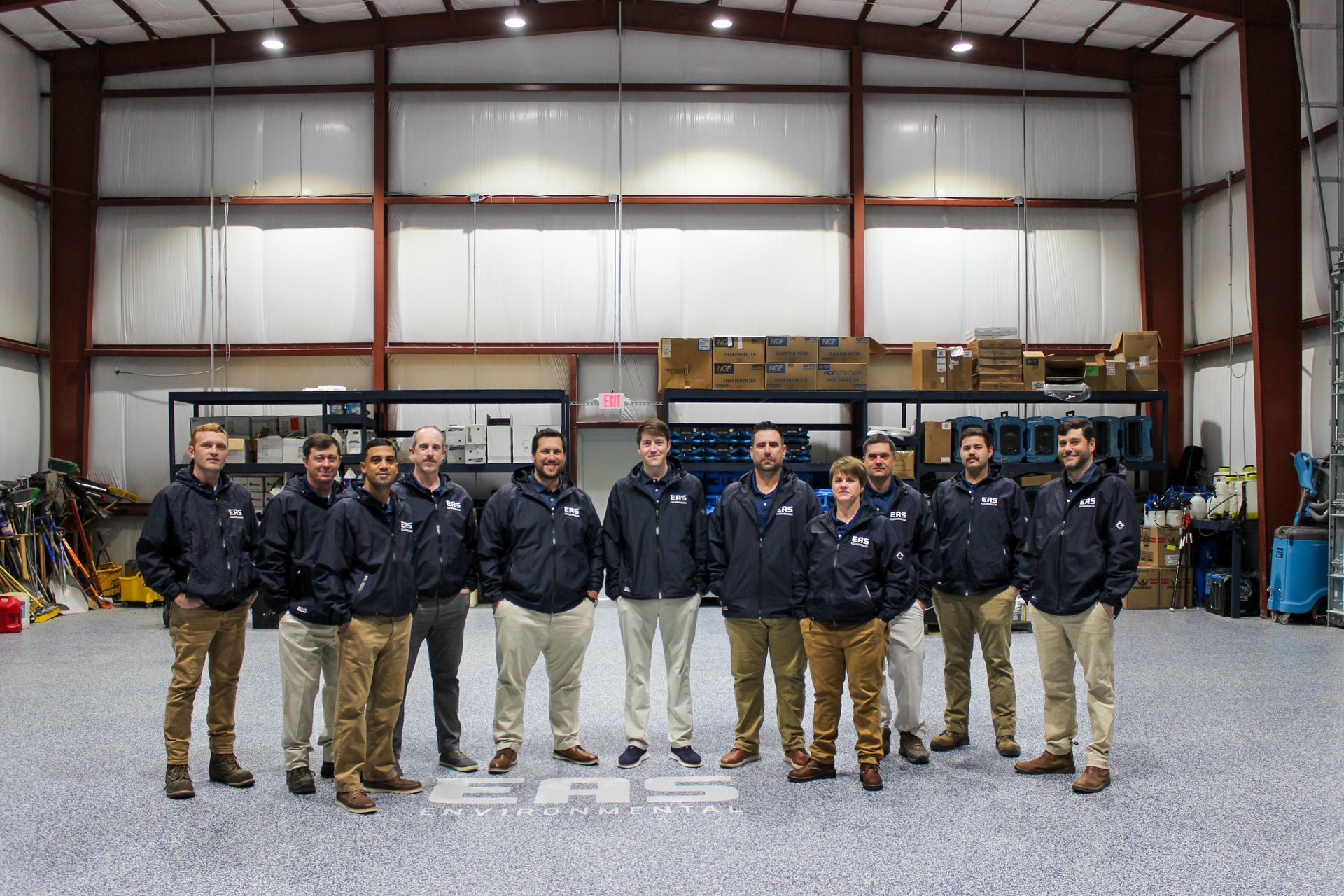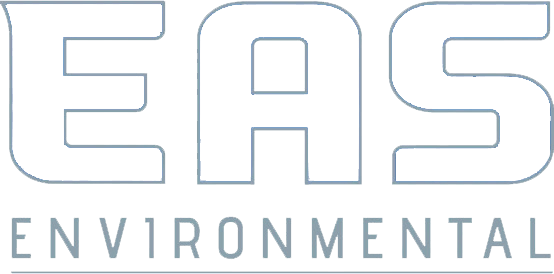
Welcome to our latest blog post, where we delve into the essential know-how of installing a sump pump in a crawl space. Whether you're a homeowner seeking to safeguard your property from water damage or a DIY enthusiast ready to take on a new project, understanding the step-by-step process of sump pump installation can be invaluable. In this guide, we'll walk you through the key considerations and steps to ensure a successful installation that keeps your crawl space dry and secure.
Choosing the Right Sump Pump for Your Crawl Space
Selecting the ideal sump pump for your crawl space is a critical decision that can save you from potential water-related woes down the line. With a variety of options available, it's important to consider factors such as your crawl space size, water inflow rate, and power source availability. Submersible sump pumps, designed to operate underwater, are often the go-to choice for crawl spaces due to their efficiency and discreet placement. However, pedestal sump pumps, which sit above the water, can be a great alternative if space is limited.
Furthermore, pay attention to the pump's horsepower (HP) rating, as this determines its pumping capacity. A higher HP doesn't necessarily mean better performance if it's not matched to your crawl space's needs. Additionally, consider features like float switches for automatic activation and backup battery systems to keep your sump pump functional during power outages. By understanding your crawl space's specific requirements and the various sump pump options, you can make an informed decision that ensures the longevity and effectiveness of your water management system.
Preparing Your Crawl Space for Sump Pump Installation
Before embarking on the journey of sump pump installation in your crawl space, it's essential to adequately prepare the environment for a seamless and efficient setup. Start by decluttering the area, removing any stored items, debris, or obstructions that might hinder the installation process. Next, ensure that your crawl space is properly cleaned and free from excess moisture, as a dry environment will not only facilitate installation but also promote the longevity of your sump pump system.
After tidying up, inspect the crawl space for any potential structural issues or cracks that could allow water to seep in. Addressing these concerns before installing the sump pump can prevent future complications. Additionally, consider installing a drainage system, such as a French drain, to guide water towards the sump pump and facilitate its efficient operation. By dedicating time to adequately prepare your crawl space, you're laying a solid foundation for a successful sump pump installation that will keep your space dry and protected for years to come.
Electrical Wiring and Sump Pump Setup
When it comes to installing a sump pump, ensuring proper electrical wiring and setup is a crucial step that directly impacts the pump's functionality and reliability. Begin by evaluating the power source available in your crawl space – opting for a dedicated electrical circuit is recommended to avoid overloading existing circuits. It's essential to adhere to local electrical codes and safety guidelines during the wiring process, which may involve installing a Ground Fault Circuit Interrupter (GFCI) outlet to protect against potential shocks and water exposure.
Once the electrical groundwork is in place, proceed with setting up the sump pump itself. Start by positioning the pump at the lowest point of your crawl space, ensuring it's level and stable. Connect the discharge pipe to guide water away from your home's foundation. Depending on the pump model, you may need to adjust the float switch to set the desired water level for activation. Testing the pump and ensuring proper drainage is vital before finalizing the setup. By giving due attention to electrical wiring and meticulous sump pump arrangement, you're not only safeguarding your crawl space from potential water damage but also contributing to a safer and more secure living environment.
FAQs
Contact EAS Environmental Today!
EAS Environmental will do everything we can to ensure your experience with us is excellent.
Request A FREE Estimate
Request a Free Estimate Form
Checkout Recent Post
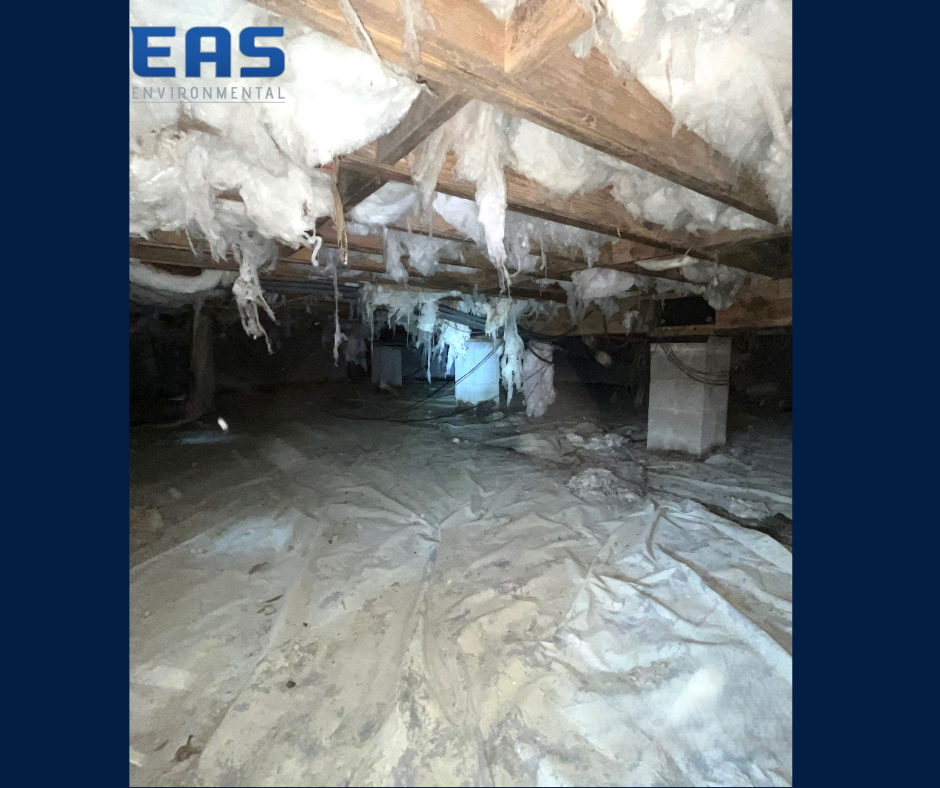
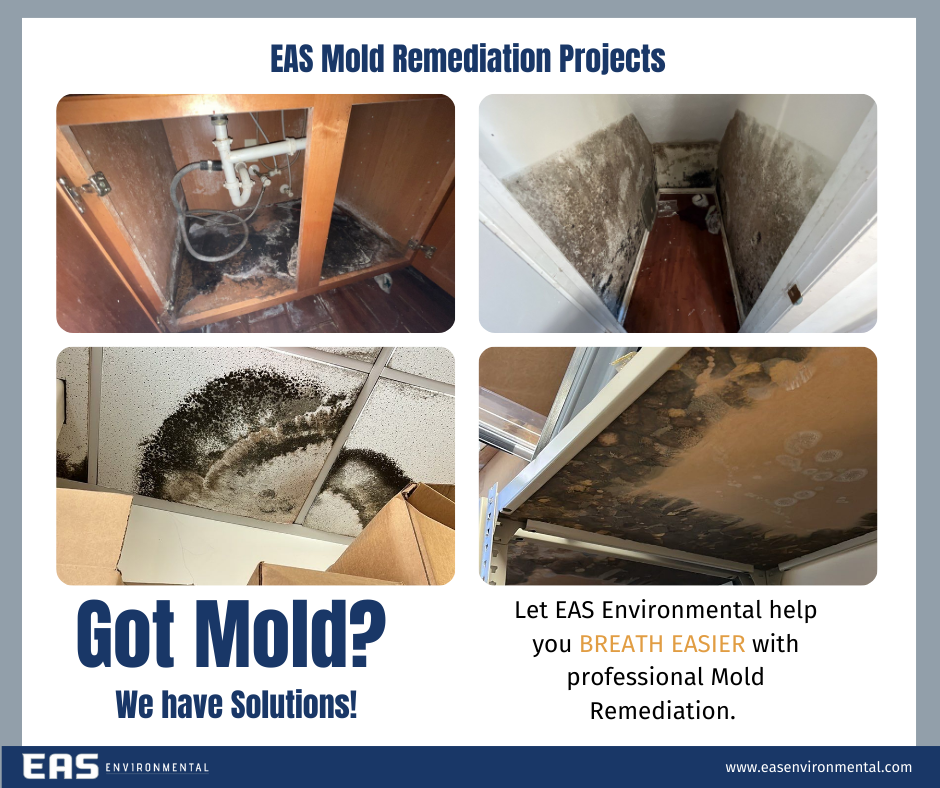
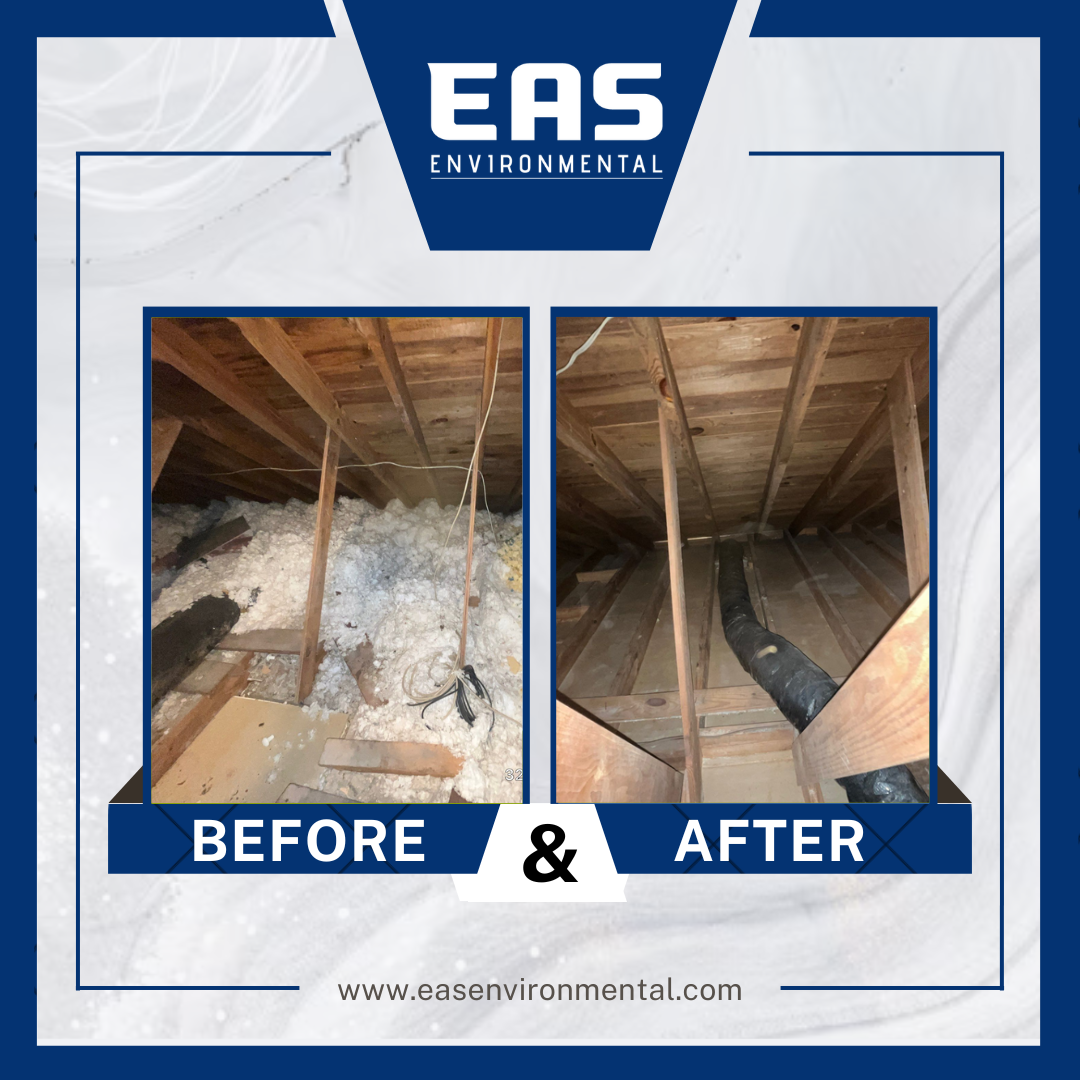
Got a Question? We’re Here to Help.
You can arrange an appointment or make an enquiry by phone or email, orget in touch to us via our contact form.

